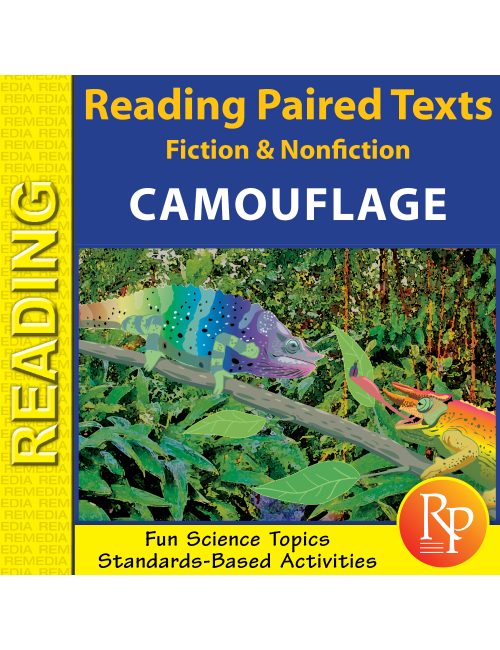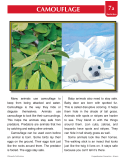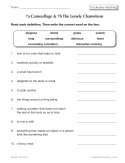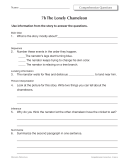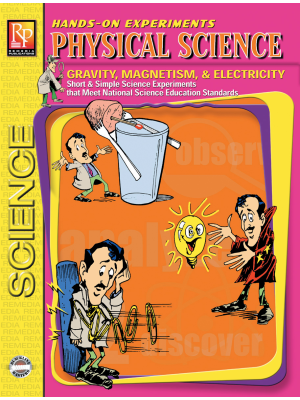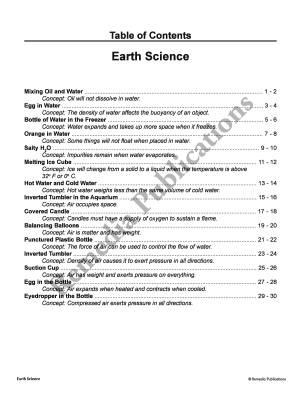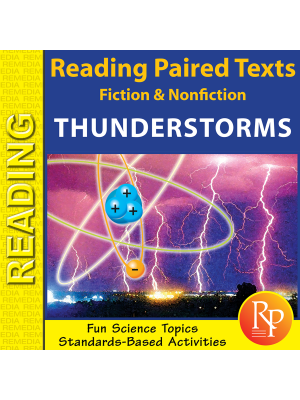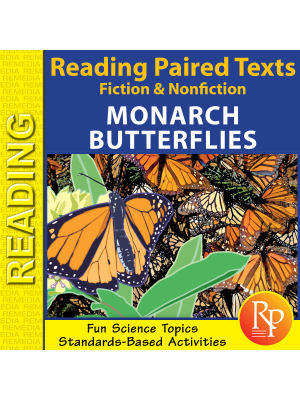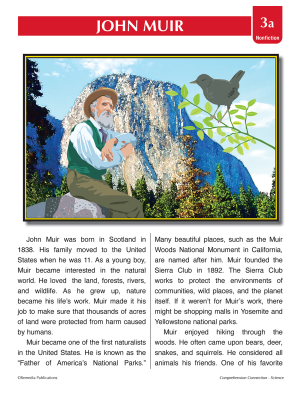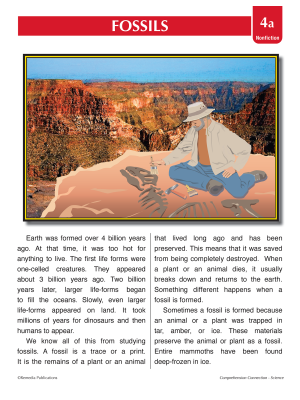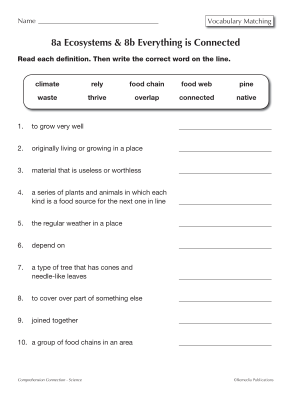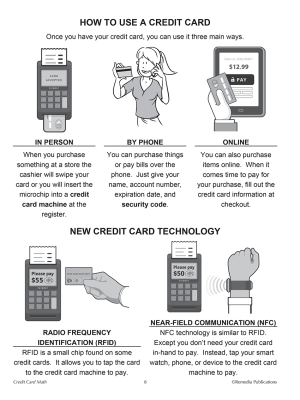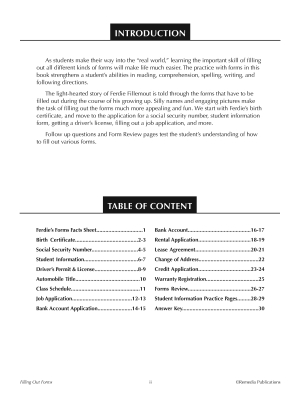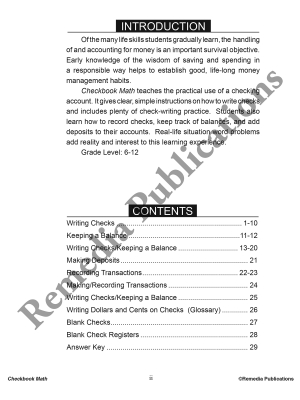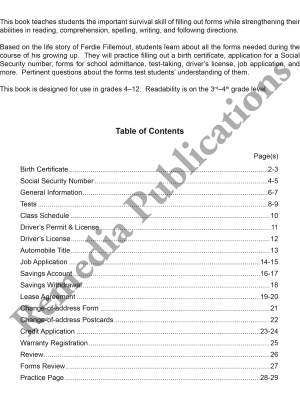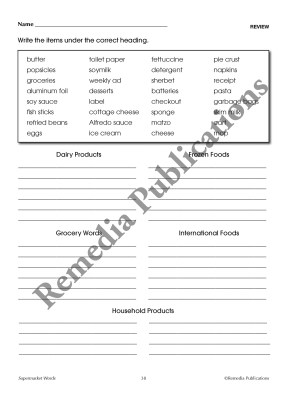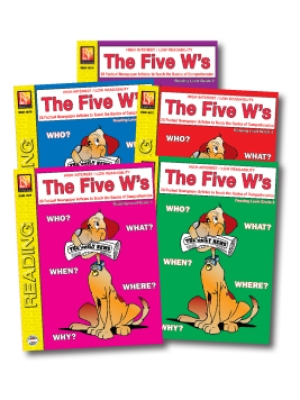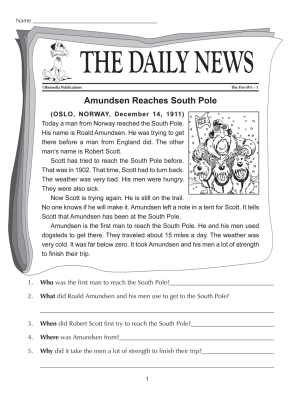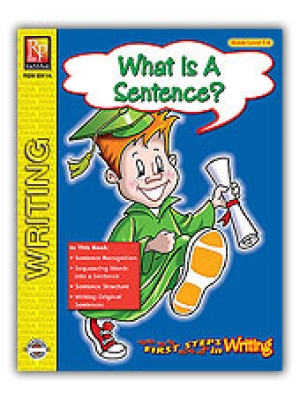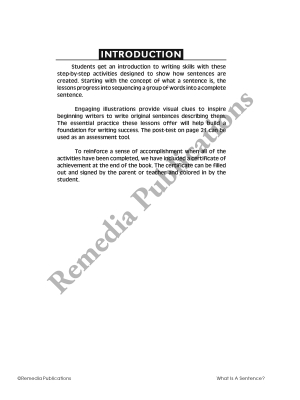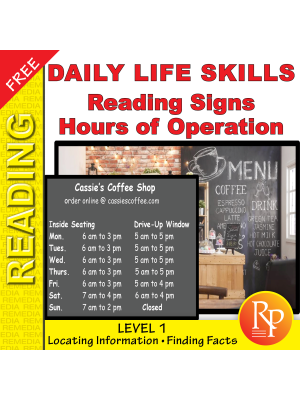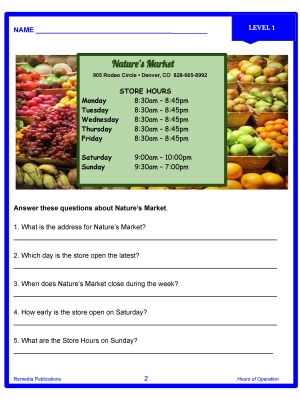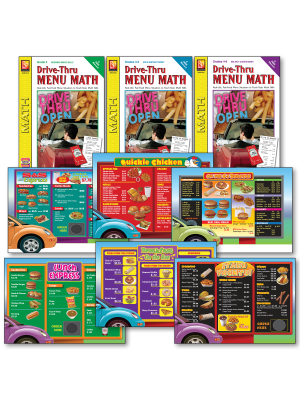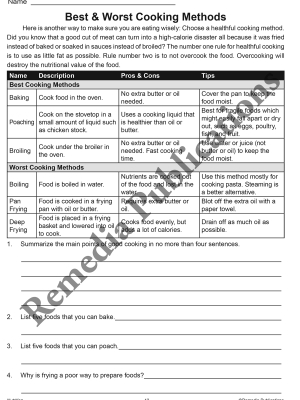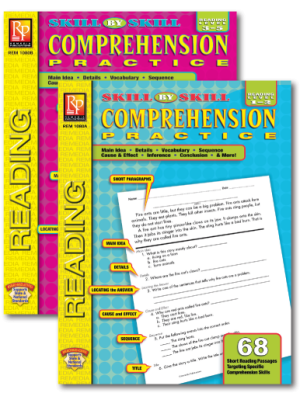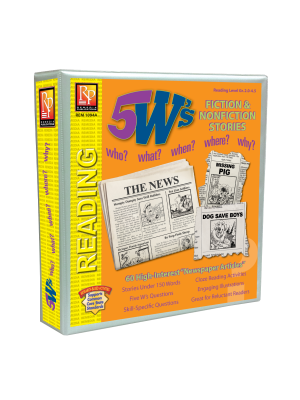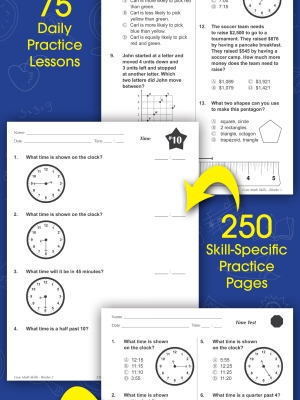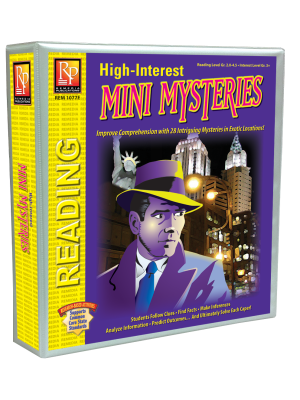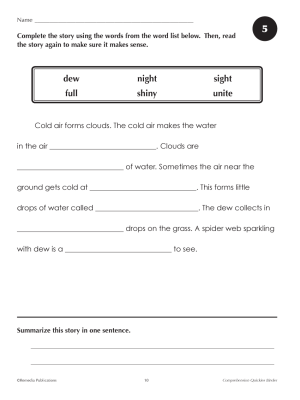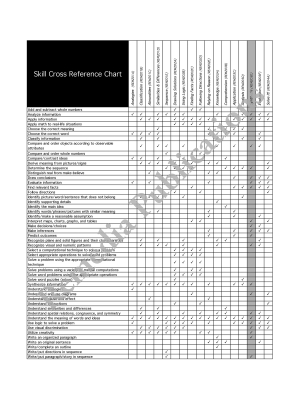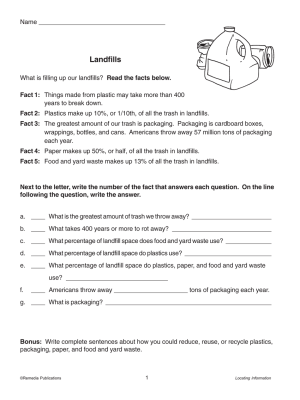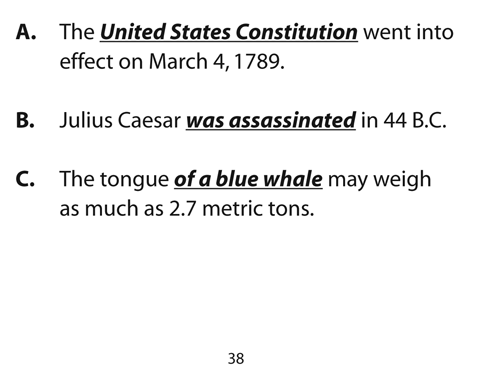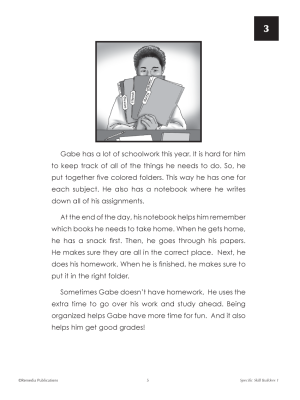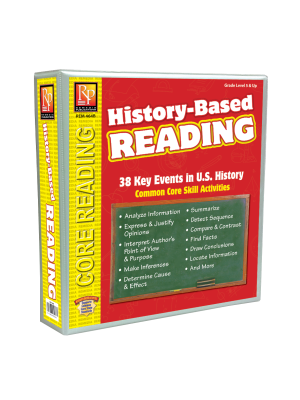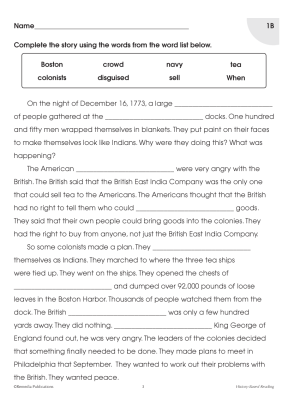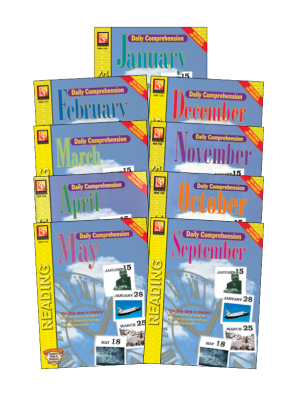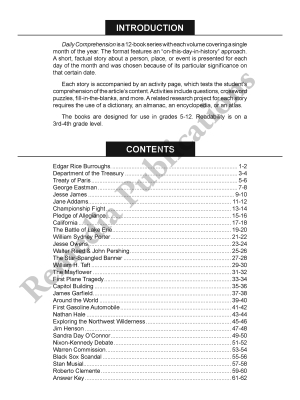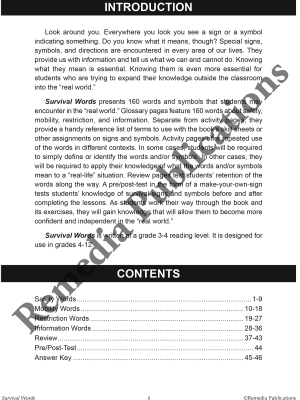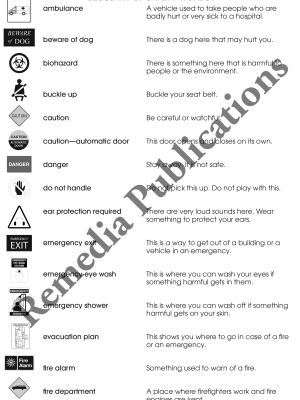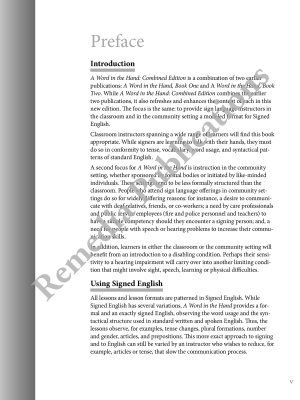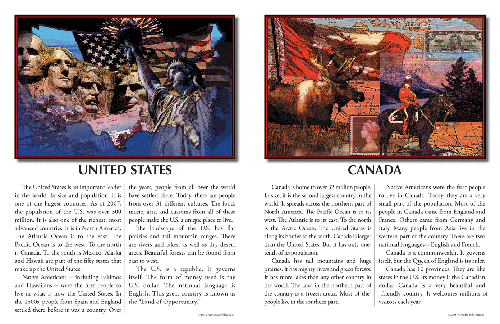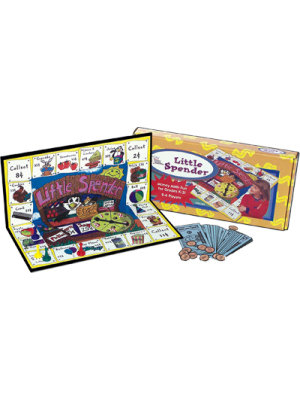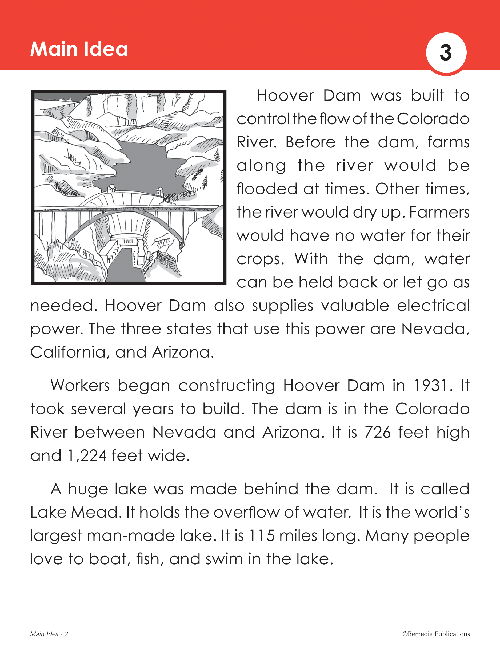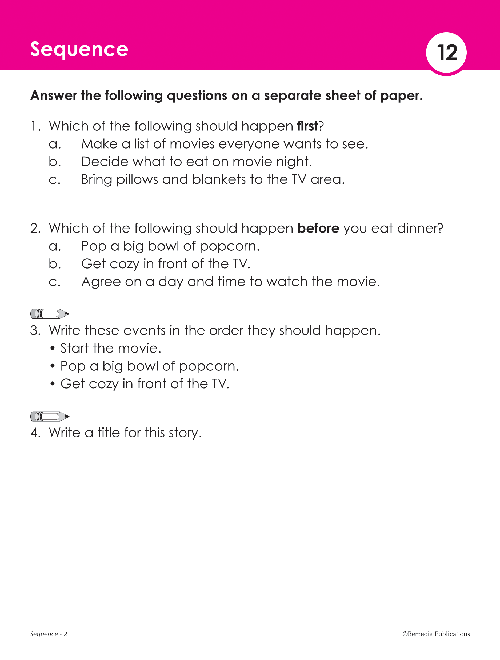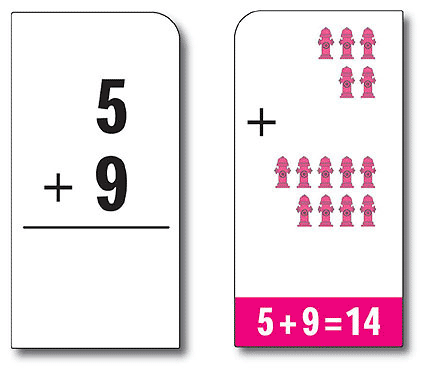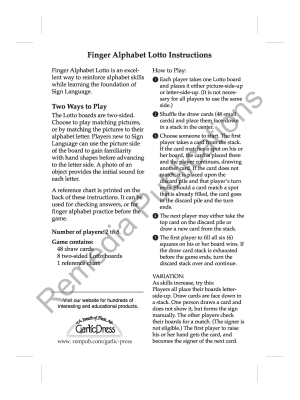Reading Comprehension | Science | Fiction/Nonfiction Pairing | Camouflage
Supports Best Practices in Reading by Pairing Science-Based Nonfiction Stories with Fiction Stories on the Same Topic!
Each exciting and fact-filled story is accompanied by a dynamic, colorful, realistic illustration that brings the story to life and enhances the content. The nonfiction story gives a detailed, scientific explanation of the topic. The matching fiction story makes the topic relatable to everyday life.
Reading Skills
Follow-up questions and activities help build important comprehension skills and strategies shared by and unique to nonfiction and fiction stories. By reading the stories and completing the accompanying activities, students will have a much greater understanding of these two key genres of reading.
“Camouflage”
The nonfiction story sets up the fiction story with interesting facts the kinds of animals that use camouflage to keep from being attacked and eaten.
“The Lonely Chameleon”
The fiction story tells about the life of a chameleon and what happens when he changes his colors to either blend in or stand out.
Questions & Activities
Each story is followed by who, what, when, where, why, and how type questions.
Additional skill-specific questions for each story include: Main Idea, Locating Information, Fact or Opinion, Sequencing, Cause & Effect, Conclusion, Inference,
Summarizing, and Picture Interpretation.
Vocabulary activities include: vocabulary matching, word search, and context.
Details:
Each short story is between 330 and 375 words and is written at a 2.9 to 4.4 reading level according to the Flesch-Kincaid Readability Scale. The interest level is grades 3 and up.
Contents Include:
• 2 high-interest, illustrated, short stories
• 10 pages of questions and activities
• Glossary
• Answer Key
• 18 total pages
Camouflage - Science - Paired Texts - Fiction to Nonfiction
- Product Code: EREM 3057
- Viewed: 2459
- Availability: In Stock
$4.99
Reading Comprehension | Science | Fiction/Nonfiction Pairing | Camouflage
Supports Best Practices in Reading by Pairing Science-Based Nonfiction Stories with Fiction Stories on the Same Topic!
Each exciting and fact-filled story is accompanied by a dynamic, colorful, realistic illustration that brings the story to life and enhances the content. The nonfiction story gives a detailed, scientific explanation of the topic. The matching fiction story makes the topic relatable to everyday life.
Reading Skills
Follow-up questions and activities help build important comprehension skills and strategies shared by and unique to nonfiction and fiction stories. By reading the stories and completing the accompanying activities, students will have a much greater understanding of these two key genres of reading.
“Camouflage”
The nonfiction story sets up the fiction story with interesting facts the kinds of animals that use camouflage to keep from being attacked and eaten.
“The Lonely Chameleon”
The fiction story tells about the life of a chameleon and what happens when he changes his colors to either blend in or stand out.
Questions & Activities
Each story is followed by who, what, when, where, why, and how type questions.
Additional skill-specific questions for each story include: Main Idea, Locating Information, Fact or Opinion, Sequencing, Cause & Effect, Conclusion, Inference,
Summarizing, and Picture Interpretation.
Vocabulary activities include: vocabulary matching, word search, and context.
Details:
Each short story is between 330 and 375 words and is written at a 2.9 to 4.4 reading level according to the Flesch-Kincaid Readability Scale. The interest level is grades 3 and up.
Contents Include:
• 2 high-interest, illustrated, short stories
• 10 pages of questions and activities
• Glossary
• Answer Key
• 18 total pages

